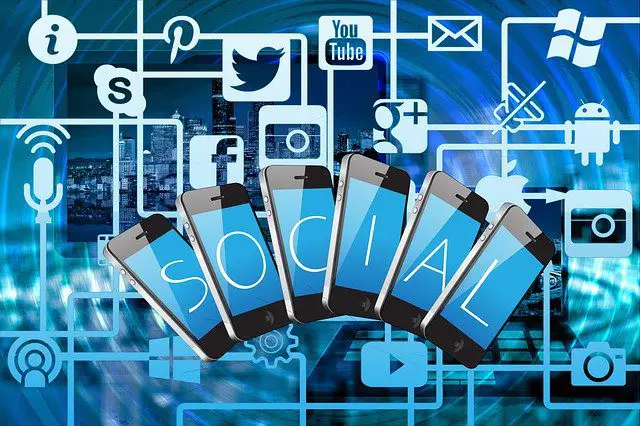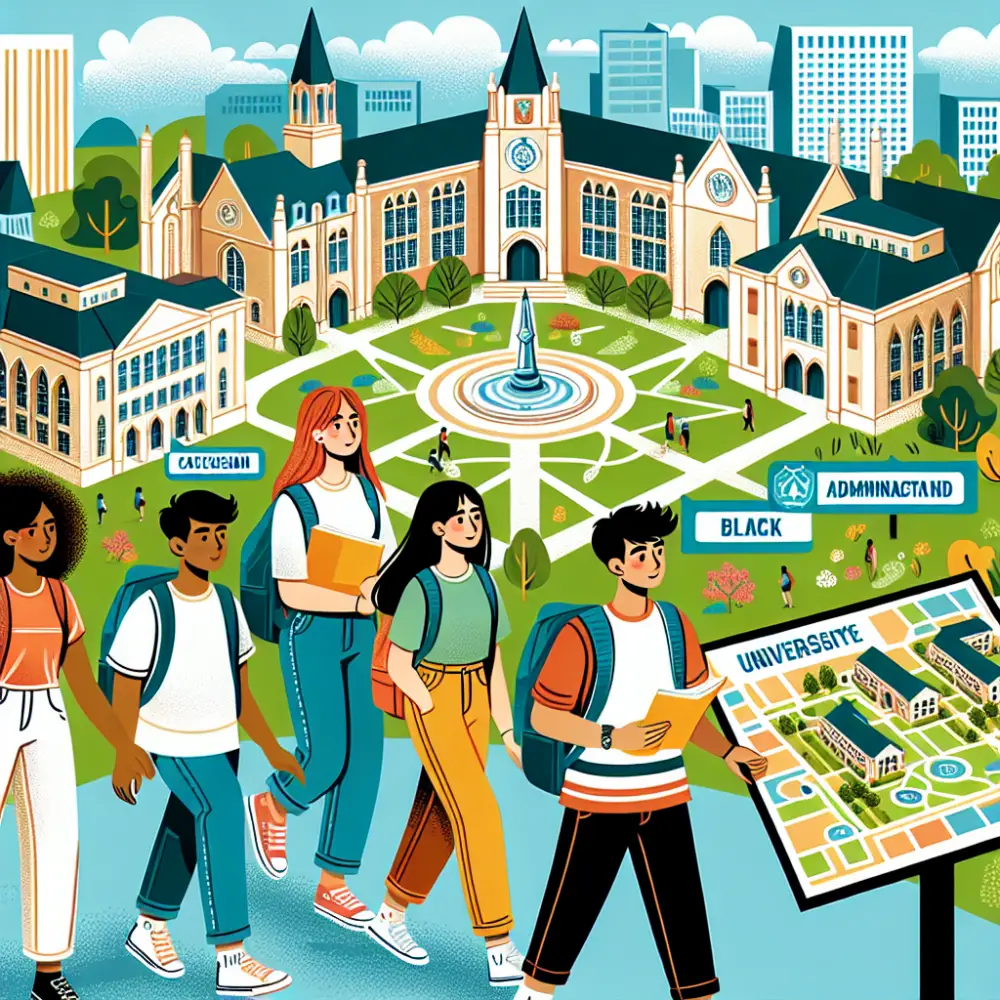
Many trends are happening in education that are building new bridges with technology and how often it is used. As the population continues to move forward with online learning and online college courses, there are additive structured techniques that are being created to help the holes that are prevalent within the online learning community.
It comes as no shock that all of us are mildly addicted to social media, however, digital citizenship is changing this view towards a more mindful and appropriate matter. By gauging appropriate behavior when students use technology, nine essential protocol steps have been created by educators to measure what social media and technology use is doing to both adolescent and college students.
According to the International Society for Technology in Education (ISTE) who has set up a guide and essential understanding about how and why digital citizenship is going to be infiltrating all institutions this year. Both Mike Ribble and Gerald Bailey whoa re educators released an e-book titled “Digital Citizenship in Schools” to help educator other teachers who are battling the unsafe world online.
What is the first step?
The first element is Digital Access – which asks teachers to understand that a few students may not have internet access. Which has unfortunately created what’s called a “digital divide.” This digital divide should be on the look out by educators so they can provide the best and most suitable alternatives. It’s a fact, the entire world does not have both a smartphone and a laptop. Or the fact that 3 Billion individuals do not have access to the world wide internet. We have to make sure that the “digital divide” does not influence our emotional reactions to others who do not have access.
Digital Commerce
First, the main statement here is for both educators and students to understand what e-commerce means?
E-commerce covers any online store (example Shopify) or where a product can be purchased online (example Amazon). E-commerce is understanding the link between money and technology.
By teaching students a better comprehensive knowledge on digital commerce, we can better prepare our college students when it comes to budgeting while paying off a student loan. As a society this specific element has been skipped altogether until a young child learns how to use Amazon Shopping which shows that the click of a button orders a product. When commerce is much more about understanding when a product is a necessity and when it is not.
Digital Communication
Empathy – the emotional understanding when miscommunication happens, it can be talked out. While most of a our colleagues and peers are online, anytime a group project is involved miscommunication can happen way more easily. This may look like another student simply does not care about another student’s point of view.
Empathy is important for digital communication, as well as being an appropriate learning language tool that everyone needs in life.
Digital Literacy
This is the “big talk” every educator needs to have with their students whether they are younger or a college student. Digital literacy is all about understanding what content is real or fake. Along with understanding that to lead a better life and a better understanding, picking out what content is beneficial to life and the other that tends to pollute the internet sphere.
Essentially this is also about understanding to not talk to strangers on the internet without knowing who they are first. Even college students encounter this and it’s safety measure that needs to be practiced more as we start switching to online education fully.
Digital Etiquette
Remember when the specific “internet abbreviation” study came out, where students were having a tough time opening a Word Document but could abbreviate every word possible? This follows along those lines.
With this new look at digital fluency, students would be able to approach all content on the internet with a non-projected view that immediately causes them to “troll” or post hateful comments. We have all seen the YouTube comment section and oddly enough a lot of online learning lecture videos tend to receive these comments.
Providing the necessary understanding, empathic tools to help educate children from an early age as this online world takes hold, can better equip everyone for the future.
Digital Law
It’s hard to believe that there are internet laws in place. Most of us have no idea what they are but we know that maybe a few exist. There are legal rights and governing rights that involve technology usage. This is where understanding digital law comes into play, everyone is responsible for their own behavior while posting something or interacting with anything online. Here is where it will become complicated by necessary to learn about. Digital law will help prevent online crime (no matter the severity) before it happens by teaching those that there is indeed a law that exists online.
Digital Rights and Responsibilities
Every person has rights, and every person that has access to the internet has regulations to uphold. This is for understanding and preventing cyber bullying which comes to skyrocket as more individuals switch to online learning.
Educators will be able to share with their students (both adolescent and college age) that the student will be held accountable for their actions and also to report any misconduct in the virtual environment.
Digital Health and Wellness
Burnout – we have all experienced this from the last handful of years as technology has rapidly grown. There are available online resources for anyone who is going through any unwell situation, whether it’s physically, emotionally, or mentally. Educators are now gearing up to teach their students about talking, approaching open resources that are available, or simply reaching out to their teacher to ensure their wellbeing is taken care of before anything becomes much worse.
Digital Security
Now, digital security will prepare students to have the right programs on their devices to protect them against malware attacks. Because as more computer viruses are created, this means more people are using the internet. It’s kind of an odd “they go hand-in-hand” as the internet spans more of the world and becomes accessible. Students should be able to protect their privacy and information from scammers before it happens.
After reviewing the nine essential steps, we can see the full view of how educators may be changing there teaching regimen.
The initial approach to this “Digital Citizenship” is so that all students will understand that their approach to the internet does leave a mark. That a presence is left when they comment on a post or provide feedback.
Additional Information – Using Print When It’s Available
A study from St. John’s College recently was published suggesting that while their college students tend to use a kindle to find important literature that is part of the curriculum, the school does push students to read the physical copy of the book instead. This is to provide a distancing effect so that students are not helplessly staring at a screen all the time.
St. John’s College has even stated that their library and bookstore staff are already up to speed with this information and any student can approach them with questions. This may become a new necessary move for all schools. Since school libraries are the center focus in a sense, where knowledge is held within rows and rose of books, reading a physical copy of book can ease the mind.
Proven evidence has come out about what happens to the brain when a student is reading a physical book copy. An assistant professor from University of North Dakota recently discovered that after assigning to her students kindles, the student stated that they retain information better when reading from paperback books. Which to the shock of the professor, who original assigned Kindles, so students could save money on textbooks… to her delight students chose to find physical copies of all of the required reading material.
What was shown was that students where able to study better and understand more of the concepts and actions happening in their projects. Where as screen-related material allowed students to wonder and end up finding other material to read and effectively ignoring their projects.
This does show use that some things will need to remain as a physical presence, and in this case it’s books.
What is the Student’s Internet Responsibility?
Student’s will be taught to uphold the right to fair access of their fellow peers. Who by properly utilizing resources and avoiding any detrimental effect that involves other peers. The student is solely responsible for the behavior of any device that they connect to, specifically when they connect to the college network. Therefore every student needs to take all reasonable precautions including running anti-virus and anti-spyware software. Universities will start holding online learning students responsible for this starting in 2022.
An article published in 2021 asked ‘why are universities subjected to internet hacking?’ and it did come down to the anti-virus and anti-spyware software that students had not installed on their own devices. This causes scammers to easily find background routes into accounts that are surfing the internet and click on an ad which immediately alerts potential viruses or scammers that an individuals I.P. address is readily available and not being protected.
The Expansion of Plagiarism in College
Oh my! The plagiarism scandal’s that have spread across all colleges on a global scale is currently being treated as copyright violation. Students that use plagiarism in their term papers or even for the big final grade, are being expelled and suspended with heavy accusations thrown at them. Why? copyright laws have become even more strict sense the big Hollywood ivy league plagiarism scandal had hit a few years back. This eventually led to one of the biggest plagiarism laws being created around the world. Places like India, China, Japan, Canada, United Kingdom, and the United States.
In Malaysia students are strictly prohibited from any for of plagiarism, which states that the student must use their own word and knowledge and must not copy any other idea or created work from another. This is actually considered breaking the law in Malaysia when a student does this.
What is the Digital Millennium Copyright Act?
Well the Digital Millennium Copyright Act was officiated in 1998, where both the World Intellectual Property Organization has treaties that focus on what would happen when an individual who take s work and dismantles that work to create their own. Which even then it is considered copyright material. The same goes for songwriters that write a catchy song, but finds out that the same drum beat was used for a song years ago. This is considered copyright infringement.
The Digital Millennium Copyright Act will start to be taught in schools in 2022.
The New Form Of Understanding Internet Law and Conversation
While above may seem more like a new set of laws that we will have to learn, along with teaching younger children to remain safe while online… it goes to show how much we did not know about surfing the internet for a long time. Let along the digital footprint we leave whenever we create a blog, leave comment, or present a PowerPoint project for a history class.
These nine essential steps will help immensely for all, when it comes to providing a better online environment for young students and college age students. We have all read those articles that detail the burnout younger students are facing as they had to switch to online classrooms, and the isolation that occurs with college students when they themselves switched to online programs.
There is a common variable that needed to be approached which was the “digital health and wellness” aspect that tends to become lost in the thick of the internet phenomenon. By understanding the tools that digital technology can provide for us as a society and with education, we can look out for the pit falls that comes along with these elements.
Internet law was certainly not a common asked question 10 years ago, but that shows how fast technology has advanced.
We wanted to present a list of the top rated virtual software built for online classrooms in 2022:
- Vedamo
- Kaltura Virtual Classroom
- Electa Live
- BigBlueButton
- LearnCube
- Adobe Connect
- WizIQ
- Google Classroom
- Thinkific
- Schoology
- CANVAS
Along with available resources that will help college students:
- Hemingway App – Online editing app.
- Dragon Dictation – this is an app dedicated to editing text and speech-to-text activation.
- Coursera – Online programs and courses that can be graduated from or needed to update on a current college course software.
- Evernote – In need of a list? This interactive online tool helps to create an organized space.
- Atrixware – management software that helps college students to organize and prepare any presentations.
- NinjaEssays – Presents all of the necessary social media tools need for college essays.
- Open Culture – This is the go-to spot for all research projects, this is a huge knowledge database that college students will want to have bookmarked.
- Saylor – Free education classes that may not be present or near where a student lives, so access is limited. Yet Saylor has created a free interactive place to help those students in need.
- Compass Learning – Assistant teachers would find this website hugely important. Compass learning works on a personality level for each student that a teacher works with, this is looking and aiming to find the strength and weaknesses of each student what subjects they excel towards.
- Alison – Yet another free online program source where some programs are available to students where a certificate will be awarded for completing that program course.
- iHomework – For apple device owners, where students can keep all of their homework assignments.
- The Full Life Planner – This falls into the “must need” category for all college students. It’s free online too!
With available resources that are either free or come at a price, shows that app developers are looking to create life hacks or easier life accessibility creations, to allow students to find… a more calm approach to higher education learning. This may be because most college students found the struggle and hardship of that first freshmen year to be the most difficult. Or managing both online and physical assignments felt nearly impossible because “you swore I wrote that paper or did I type it out?” became a huge puzzle.
Nevertheless, this transition towards higher education learning will find it’s balance. For the time being we all have to learn to empathic to each other as we find our own ways through this latest technology jump. 2022 is looking to be an even bigger year than 2021 when it comes to online learning and the available software needed to promote a smoother and easier curriculum transition.
Final Thought
College students should look through the available resources to see if any will fit into a part of their life that is currently lacking organization. That is the best place to start and it will feel less overwhelming afterwards.
Luckily, institutions are working towards providing this free apps to college students as soon as possible.












